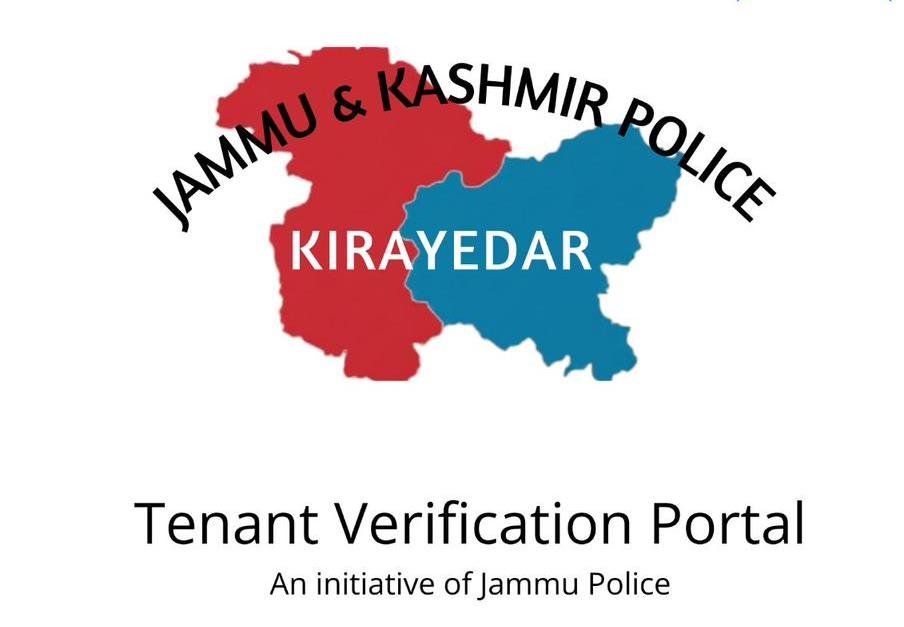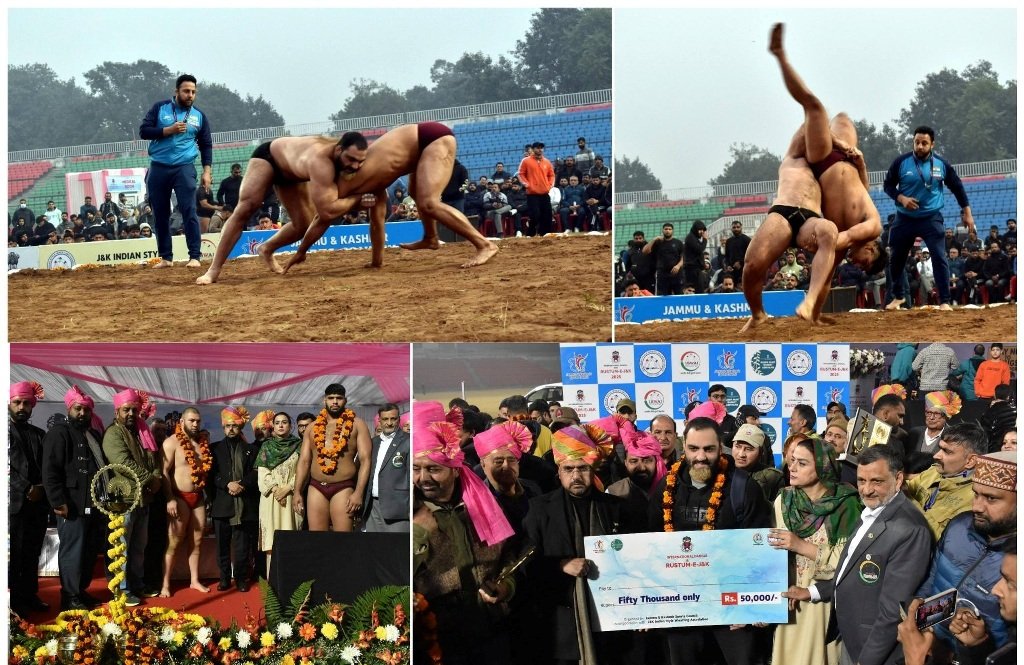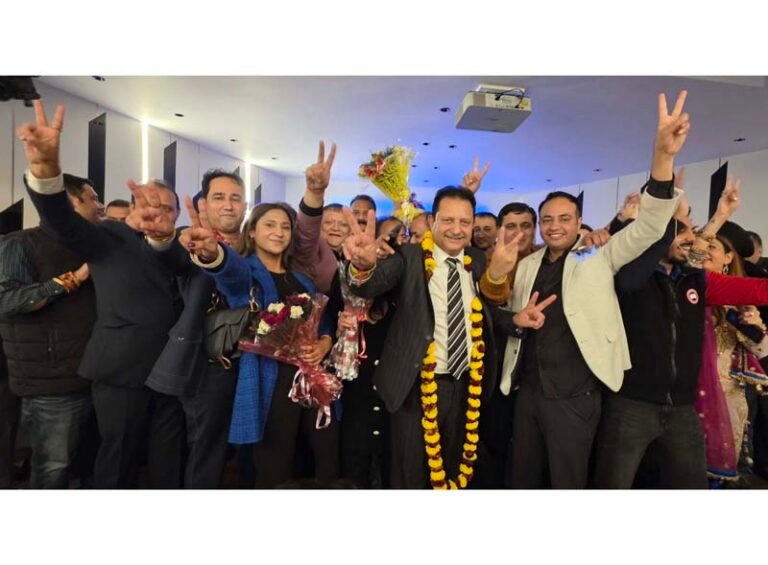Jammu and Kashmir has witnessed a significant increase in HIV cases, with nearly 7,000 reported infections as of May 2025, according to the latest figures by the AIDS Control Society. However, health professionals argue that the actual number could be much higher, owing to underreporting, fear, and deep-rooted social stigma.
Despite policy-level interventions and public health campaigns, the battle against HIV in the Union Territory is hindered more by silence than by a lack of medical infrastructure.
Silence and Stigma Continue to Hinder HIV Testing
While modern healthcare systems are evolving, social stigma around HIV remains one of the biggest roadblocks to progress. Many people avoid testing and treatment due to fear of societal judgment. As a result, the official statistics likely underrepresent the real scenario.
“Testing alone won’t curb the epidemic,” said Dr. Bashir Ahmed, a senior HIV counsellor in Kashmir. “The silence surrounding the disease is the real epidemic. People avoid even walking into a mobile van out of fear they’ll be labelled.”
Mobile HIV Testing Vans: A Step Forward
On June 24, Health Minister Sakina Itoo launched three mobile HIV testing and counselling vans in Srinagar. This symbolic yet vital move aims to bring testing facilities directly to remote and underserved areas of the UT.
These vans are equipped with:
- Rapid HIV testing kits
- Private counselling booths
- Trained medical staff
- Awareness literature
The mobile units are part of the National AIDS Control Programme, focusing on expanding testing coverage across rural regions where stigma and lack of access remain high.
Rural vs Urban: The Uneven Distribution of Testing Services
According to the National AIDS Control Organisation (NACO), Jammu and Kashmir’s HIV prevalence stands at 0.06%, significantly lower than the national average of 0.22%. However, experts warn that this may offer a false sense of security, as testing is largely concentrated in urban centres.
In remote areas, where health infrastructure is weaker and conservative social norms prevail, people often go untested, especially those in high-risk groups like injecting drug users (IDUs) and sex workers.
Read also: People are drinking untreated water in Jammu & Kashmir due to lack of water-testing mechanisms
Young Drug Users Face Elevated HIV Risk
A 2022 study by Government Medical College (GMC) Srinagar found a disturbing trend: a sharp increase in injectable drug use among youth. The report revealed that:
- 21% of youth in the Kashmir Valley use drugs
- 90% of them inject heroin
- Many have tested positive for HIV, Hepatitis B, and Hepatitis C
Shared needles are a major transmission route for HIV. Yet, due to fear of being ostracised, most of these young people avoid counselling centres and mobile testing vans.
Legal Protection Exists, But Implementation Lags
India’s HIV and AIDS (Prevention and Control) Act prohibits discrimination against people living with HIV/AIDS (PLHIV). Yet, enforcement remains weak and sporadic across Jammu and Kashmir. In practice, many PLHIV still face social exclusion, denial of services, and loss of employment.
Dr. Bashir emphasized, “We must treat HIV screening like diabetes or hypertension checks—routine and stigma-free. Without social acceptance, medical access means little.”
ART Centres in Jammu and Kashmir: A Lifeline for Many
The region currently has 13 operational ART (Antiretroviral Therapy) centres, offering free treatment, counselling, and follow-up care. Here’s a snapshot of the ongoing treatment efforts:
- SKIMS Soura, Srinagar:
- Total AIDS cases: 861
- Male: 633 | Female: 192
- Children under 15: 27
- GMC Jammu:
- Total AIDS cases: 5,447
- Male: 3,350 | Female: 1,910
- Children under 15: 96
- RTC Kathua:
- Total AIDS cases: 470
- Male: 247 | Female: 201
- Children under 15: 22 (14 boys, 8 girls)
Currently, 3,906 individuals are receiving treatment across these three major centres.
Over 1,500 Lives Lost Since Early 2000s
Since the early 2000s, more than 1,500 people in J&K have succumbed to AIDS-related complications. These numbers are a grim reminder of how late diagnosis and lack of treatment access can turn a manageable illness into a fatal one.
Health experts unanimously agree that normalising HIV screening is key to eliminating the epidemic. Public health campaigns should focus not just on testing, but also on awareness, community support, and anti-stigma education.
Jammu and Kashmir is at a crucial juncture in its battle against HIV. The tools for testing and treatment exist, but social acceptance is the missing link. Until people feel safe seeking help without fear of rejection, HIV will continue to spread in silence.
If the state aims to reverse the trend, empowering communities, educating youth, and dismantling stigma must become top priorities.
















